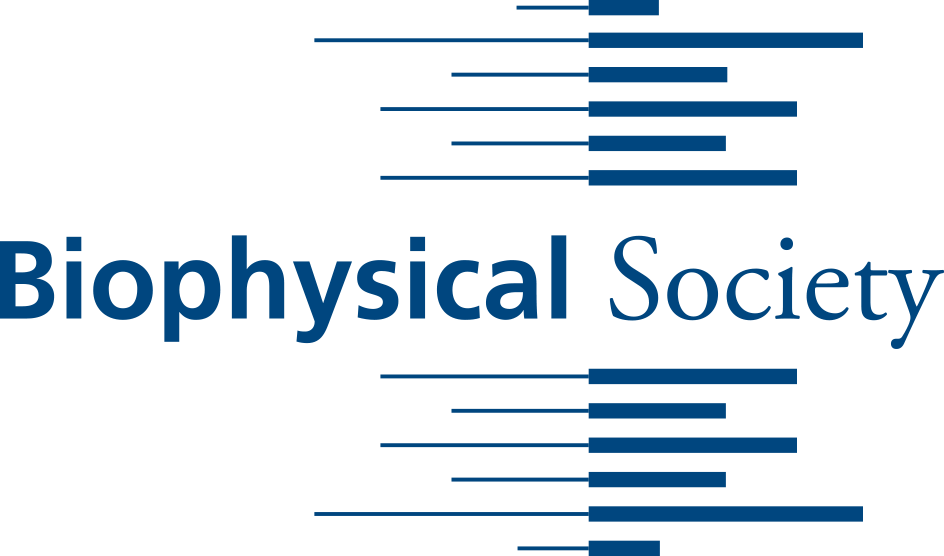Newswise — WASHINGTON, D.C., February 13, 2017 -- Nicotine -- the primary compound found within tobacco smoke -- is known to change the grouping of some subtypes of nicotinic receptors, but the mechanisms for nicotine addiction remain unclear.
This inspired a group of University of Kentucky researchers to explore the role nicotine plays in the assembly of nicotinic receptors within the brain.
During the Biophysical Society’s 61st Annual Meeting, being held Feb. 11-15, 2017, in New Orleans, Louisiana, Faruk Moonschi, a graduate student in the Department of Chemistry at the University of Kentucky, will present the group’s work, which centers on a fluorescence-based “single molecule” technique they developed.
“Like many people in my country, Bangladesh, my father is a heavy smoker,” Moonschi said, explaining his interest in studying nicotine addiction. “Despite the fact that my mother and siblings have encouraged him to quit, he has never been able to stop smoking. I’ve always been interested in what led to his addiction, so I joined a research group working within the area of addiction to study the underlying mechanisms of nicotine dependency.”
The group explored whether nicotine exposure increases the total number of nicotinic receptors on cell surfaces and if it changes the way the receptor is grouped. “To do this, we use custom-built microscopes to expose our samples to laser excitation while we detect the fluorescence signal given off from the labeled proteins,” Moonschi said.
Generally, a ligand -- which can be a small molecule or peptide -- binds with the corresponding receptor protein on its cell surface and causes an effect. “Contrary to this general process, some researchers hypothesized that nicotine actually gets inside the cells of smokers’ brains and changes the assembly of nicotinic receptors by altering the ratio of nicotinic receptor subunits and potentially altering the trafficking of some subtypes of nicotinic receptors to the cell surface,” Moonschi pointed out.
So, Moonschi and colleagues developed a single molecule technique that allows them to separate freshly assembled nicotinic receptors -- from the endoplasmic reticulum of cells -- from those already assembled and transferred to the cell surface. “By doing this, we were able to show that nicotine changes the subunit ratio of nicotinic receptors in the endoplasmic reticulum. Further, we showed that one assembly is preferentially transported from the endoplasmic reticulum to the plasma membrane,” he added.
These findings are an important contribution to understanding the mechanism of nicotine addiction. “Understanding how nicotine alters the assembly of receptors in the context of addiction should provide insight into therapeutic targets for smoking cessation compounds,” Moonschi noted.
Next, Moonschi and colleagues will “extend their research to in vivo studies, using genetically modified mice to determine whether similar changes in stoichiometry are seen in live animals due to nicotine exposure,” he said. “We’ll also study how smoking cessation compounds affect the stoichiometry of nicotinic receptors.”
Session 1476-Pos/B544 “Ligand induced changes in the assembly of nicotinic receptors” is authored by Faruk H. Moonschi, Ashley M. Loe and Chris I. Richards. It will be presented at 1:45-3:45 p.m. Central Time on Monday, Feb. 13, 2017 in Hall B-2 & C of the Ernest N. Morial Convention Center.
ABSTRACT: http://www.abstractsonline.com/pp8/#!/4279/presentation/3107
-------------------MORE MEETING INFORMATION-------------------
ABOUT THE MEETING
Each year, the Biophysical Society Annual Meeting brings together more than 6,000 researchers working in the multidisciplinary fields representing biophysics. With more than 3,600 poster presentations, over 200 exhibits, and more than 20 symposia, the BPS Annual Meeting is the largest meeting of biophysicists in the world. Despite its size, the meeting retains its small-meeting flavor through its subgroup symposia, platform sessions, social activities and committee programs. The 61st Annual Meeting will be held at Ernest N. Morial Convention Center in New Orleans, Louisiana.
PRESS REGISTRATION
The Biophysical Society invites professional journalists, freelance science writers and public information officers to attend its Annual Meeting free of charge. For press registration, contact Ellen Weiss at [email protected] or the Media Line at the American Institute of Physics at [email protected] or 301-209-3090.
NEWS RELEASES
Embargoed press releases describing in detail some of the breakthroughs to be discussed at the meeting are available on Newswise and Alpha Galileo or by contacting the Media Line at the American Institute of Physics at [email protected] or 301-209-3090.
QUICK LINKS
Main Meeting Page: http://www.biophysics.org/2017meeting/Home/tabid/6672/Default.aspxSymposia: http://www.biophysics.org/2017meeting/Program/ScientificSessions/Symposia/tabid/6756/Default.aspxDesktop planner: http://www.abstractsonline.com/pp8/#!/4279
ABOUT THE SOCIETY
The Biophysical Society, founded in 1958, is a professional, scientific Society established to encourage development and dissemination of knowledge in biophysics. The Society promotes growth in this expanding field through its annual meeting, monthly journal, and committee and outreach activities. Its 9,000 members are located throughout the U.S. and the world, where they teach and conduct research in colleges, universities, laboratories, government agencies, and industry. For more information on the Society, or the 2017 Annual Meeting, visit http://www.biophysics.org.
###
